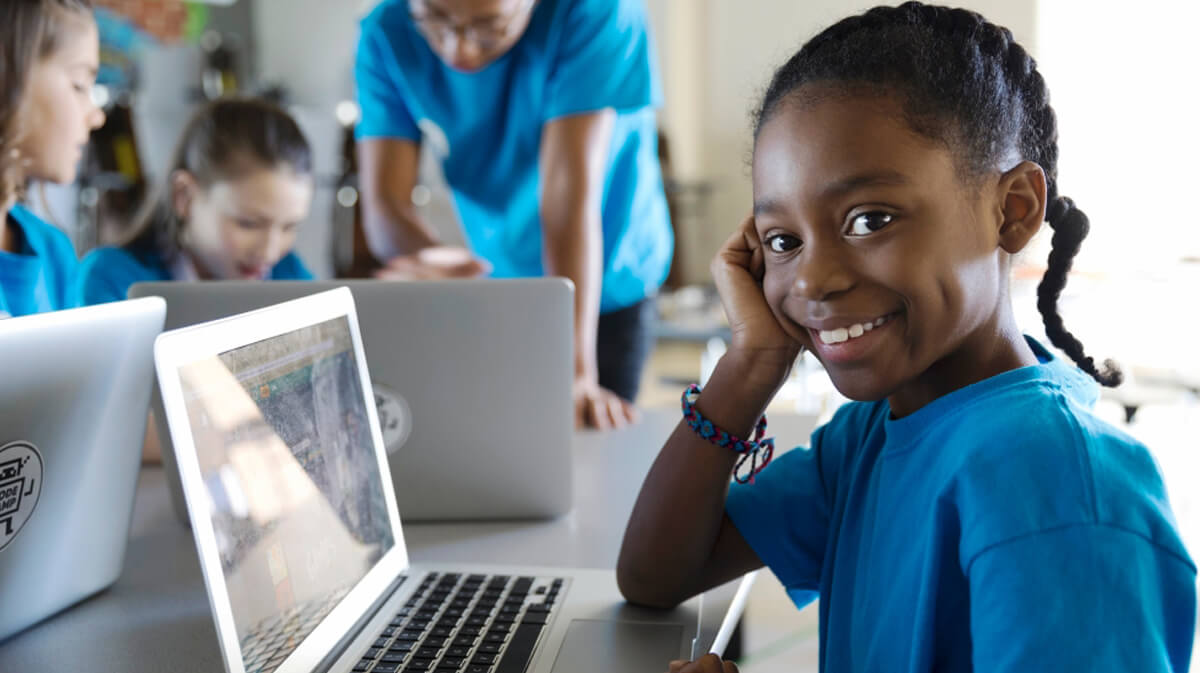Blog
Beyond the Classroom: Expanding Horizons with Educational Software
Introduction:
Educational software has transcended the traditional classroom setting, venturing into online learning platforms, homeschooling environments, and other educational settings. In this blog post, we will explore the versatility of educational software and its applications beyond the confines of the physical classroom. From collaborative online tools to adaptive learning platforms, we will uncover the innovative ways in which educational software is shaping the future of education.
Online learning platforms powered by educational software have opened up new avenues for education. Students can access a wealth of resources, participate in virtual classes, and engage with interactive content from the comfort of their homes. This flexibility provides opportunities for students who may face geographical or logistical barriers, ensuring equitable access to quality education.
Homeschooling families also benefit from educational software, as it offers a structured and comprehensive curriculum tailored to individual needs. Parents can utilize software programs to design customized learning plans, track progress, and provide targeted instruction. Educational software becomes a valuable ally in the homeschooling journey, enhancing the educational experience for both parents and students.
Educational software is not limited to formal educational settings. It finds applications in professional development and lifelong learning. Professionals can access online courses, training modules, and certifications to enhance their skills and stay updated in their respective fields. This continuous learning approach enables individuals to remain competitive and adapt to evolving industries.
Furthermore, educational software has made education more accessible to marginalized communities and learners with special needs. With adaptive features, such as text-to-speech functionality, closed captioning, and dyslexia-friendly options, software programs accommodate diverse learning abilities. This inclusivity ensures that every learner can benefit from educational resources and tools, regardless of their circumstances.
Educational software also facilitates global connections and cultural exchange. Through virtual classrooms and online collaborations, students from different parts of the world can interact, share perspectives, and learn about each other’s cultures. This exposure to diverse perspectives fosters global citizenship, empathy, and a deeper understanding of the interconnectedness of our world.
In summary, educational software has transcended the boundaries of traditional classrooms, reaching learners in various educational contexts. From online learning platforms and homeschooling to professional development and inclusive education, educational software has become a versatile tool that enriches the educational experience for learners of all ages and backgrounds. As technology continues to evolve, we can anticipate even more innovative applications of educational software, revolutionizing education and expanding learning horizons.

